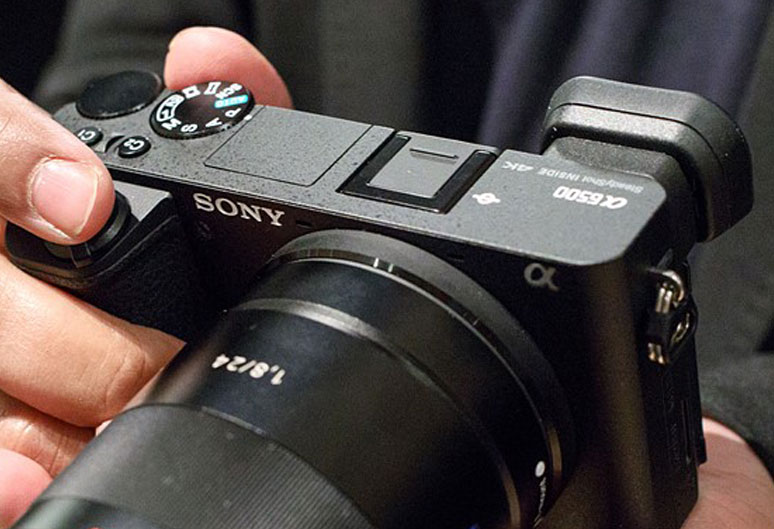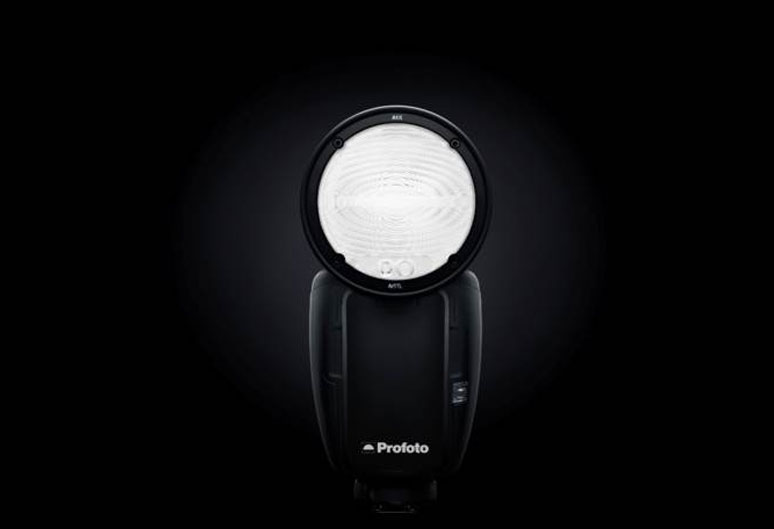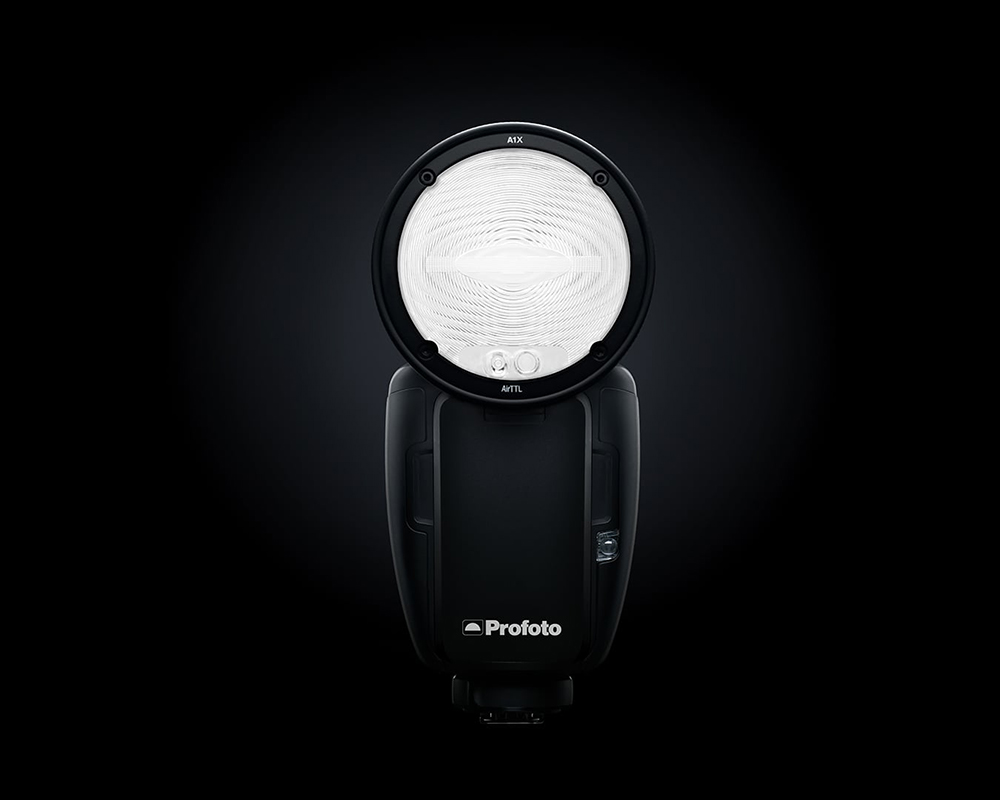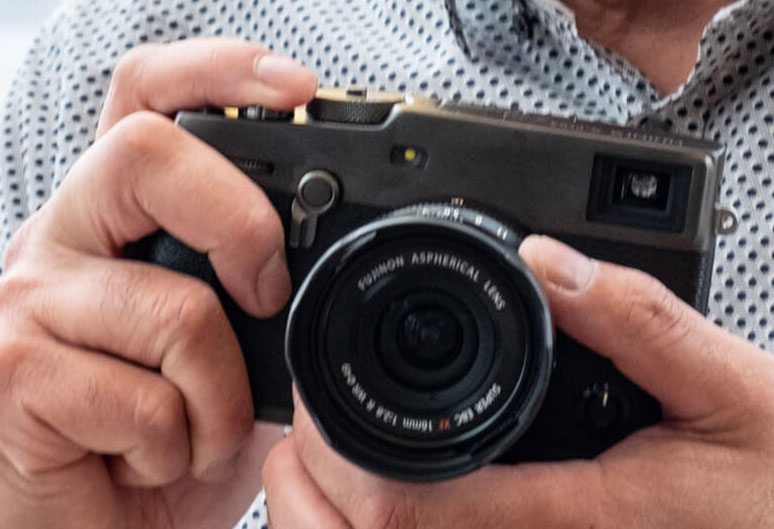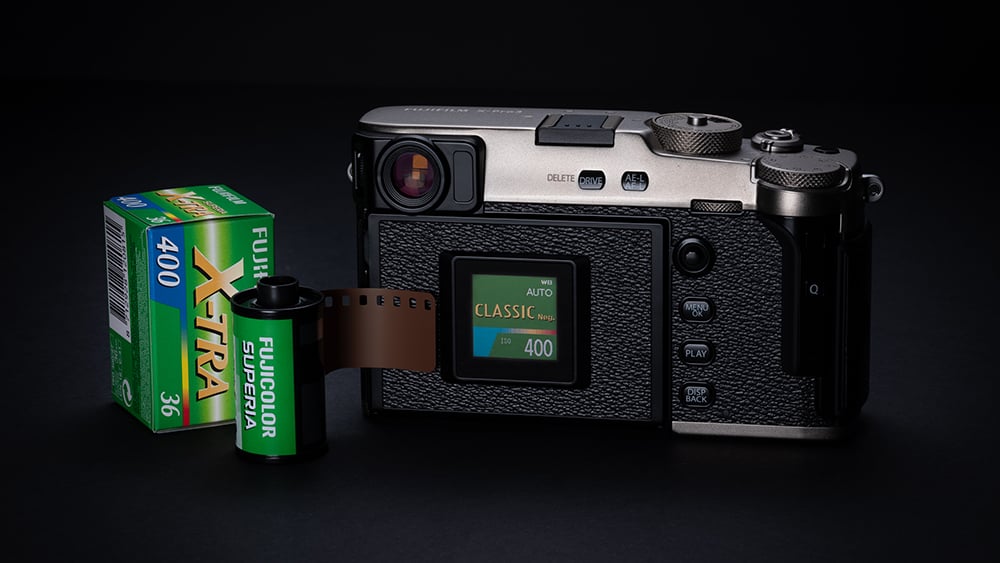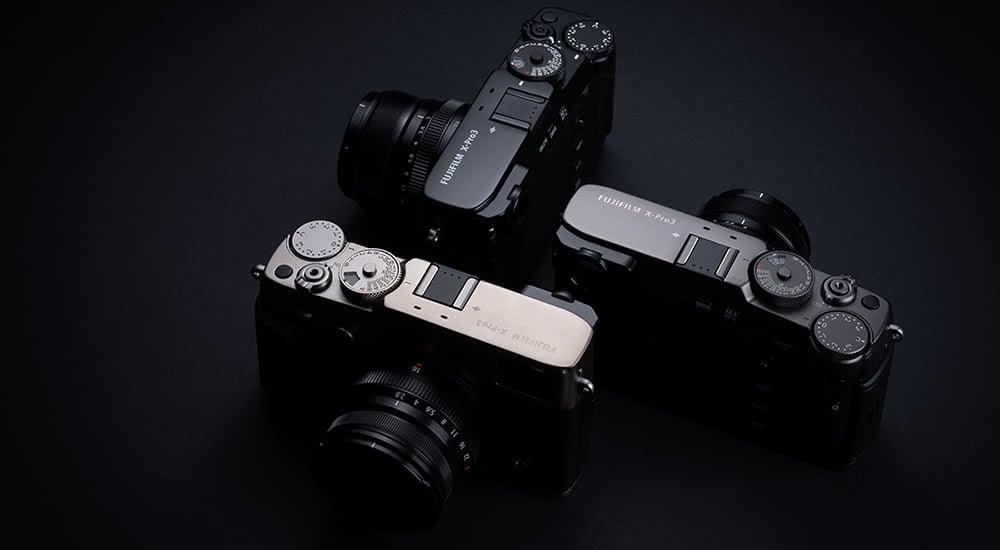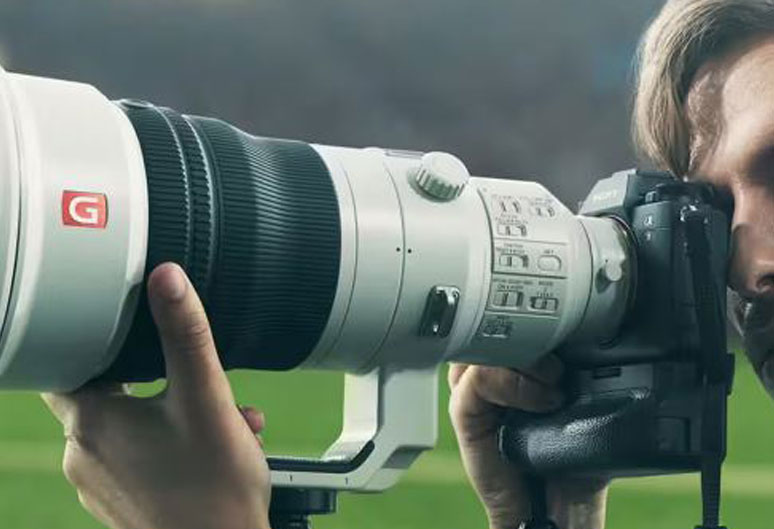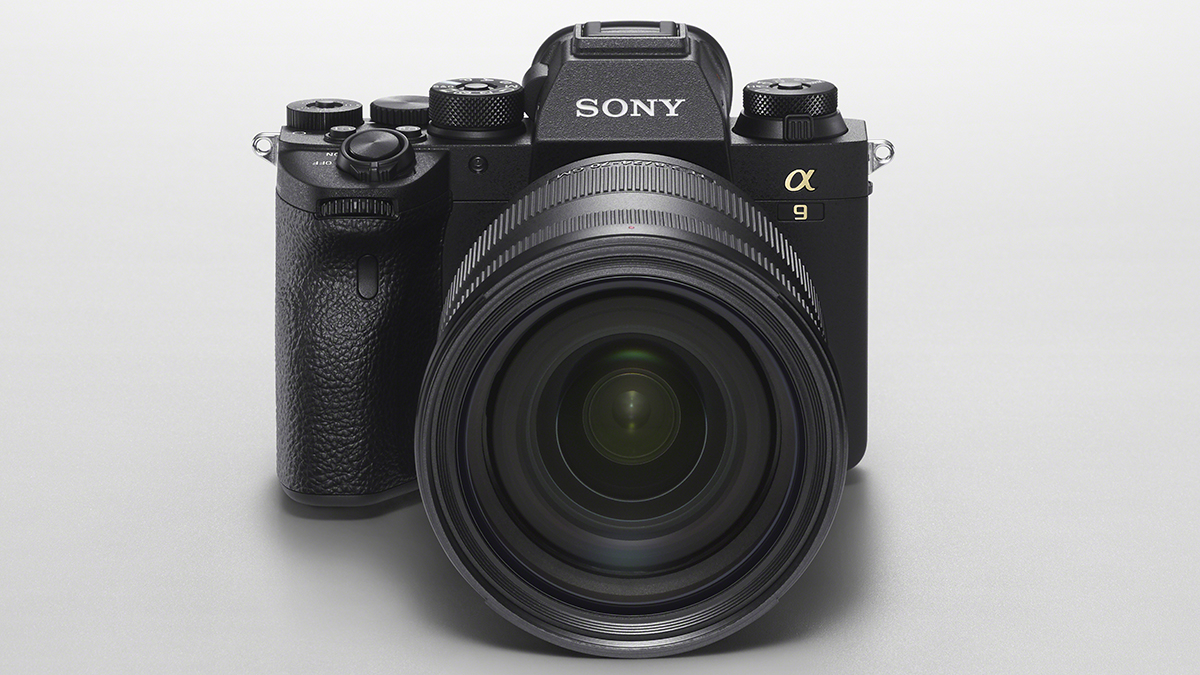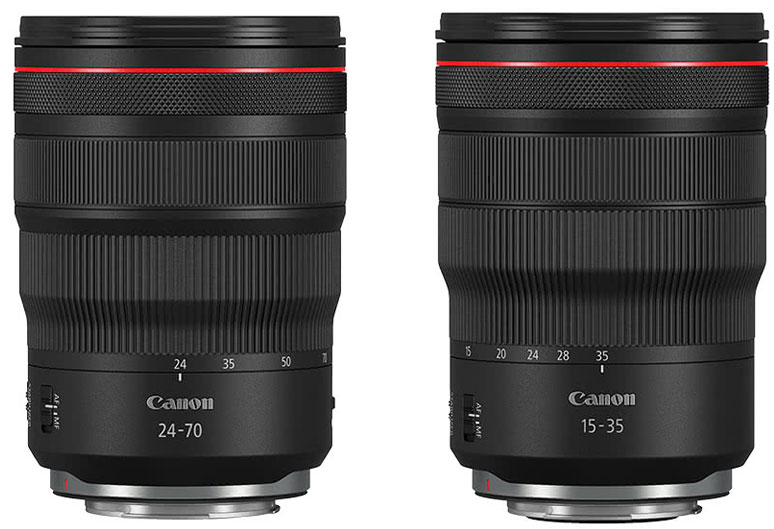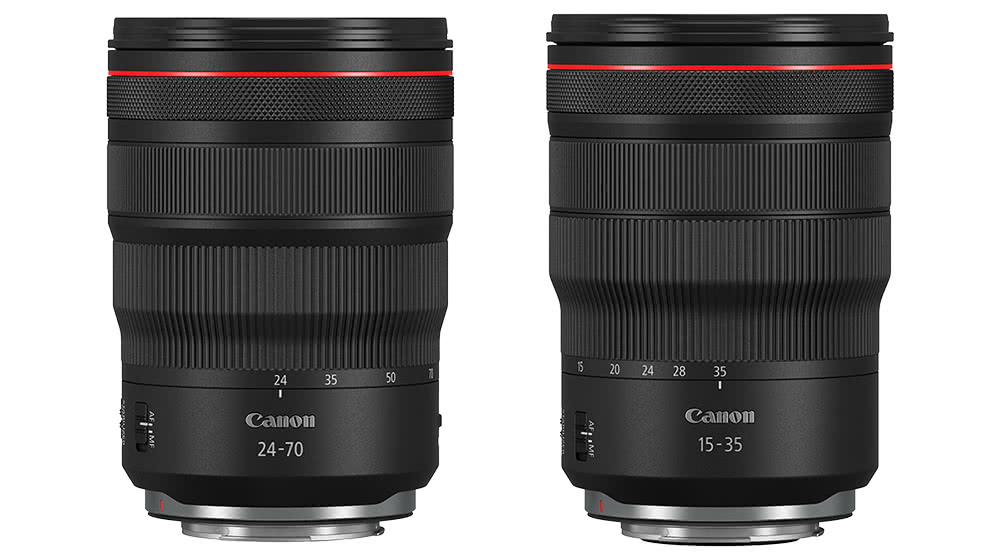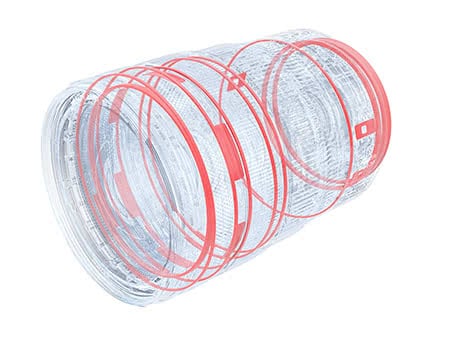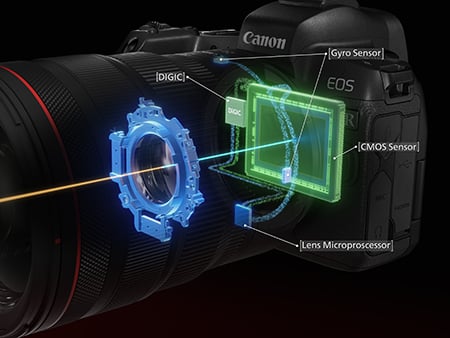Thinking of starting a YouTube channel, or sharing videos of your exploits on Facebook, Instagram or another social media platform? Then you’ll want to pick up one of the best cameras for vloggers.

Welcome back to our vlogging kit series, where we run through some of the best cameras and other equipment that’s out there for prospective vloggers right now.
You may or may not have been tempted by the idea of vlogging before, but even if you’ve never considered it, we’d definitely recommend giving it some thought. Vlogging tends to demand less production value than other types of video, and as a professional working in stills or video, you already have a wealth of material to vlog about with a built-in audience. What kind of kit are you using for your shoots – what do you like about it, what do you wish were better? How do you approach different kinds of shoots and subjects? People are interested in this stuff, and being able to connect with them through vlogs is a great way to open up new opportunities and even potential revenue streams.
Previously in this series we’ve covered the Nikon D7500 and the Fujifilm X-T2. Today in the hot seat is the Sony A6500, part of the tech giant’s APS-C camera range. Confusingly, it is not the newest of these – the A6400 was released a little later. Why? We don’t know. No one knows.
Cameras in this series are principally known for being super-fast and relatively affordable do-it-all cameras, with snappy burst speeds and autofocus systems to match. So what makes this one such a good choice for vlogging?
Let’s dig into its feature-set and find out.
Why the Sony A6500 is perfect for vloggers
The street-style, lightweight Sony A6500 fits perfectly with the others in the series that have come before it. That means that one of its big concerns is a fast, comprehensive autofocus – and it doesn’t disappoint, with an autofocus system that uses a combination of 425 phase-detect points and 169 contrast-detect points. This absolutely massive focus-point density means it’s able to acquire and keep its subjects near-instantly, and stands you in good stead for any and all vlogging you might want to do – minimal awkward moments were the camera hunts for focus after a sudden change in viewpoint.
The guts of the camera consist of a 24.2MP Exmor APS-C CMOS sensor paired with a front-end LSI and Sony’s Bionz X processor, all of which ensures the camera provides superior fast operation. While previous models in the series didn’t carry the capacity to produce 4K video, the A6500 happily shoots 4K UHD, and can also capture Full HD at up to 120fps for super-slow motion footage. While many vlogs are uploaded and watched in Full HD, being future-proofed is no bad thing, and the fact that the A6500’s 4K footage is oversampled, with no pixel binning – it’s captured at the equivalent of 6K – is another feather in its cap.
The A6500 is the first APS-C Sony camera to come packing 5-axis image stabilisation, which works with or without Sony’s stabilised lenses. Video recording is also made easier with Touch Focus, and serious video users can make use of the S-Gamut/S-Log modes to produce footage with a wide dynamic range, perfect for colour-grading in the edit. A Gamma Display Assist mode also makes it easier to ensure you’re getting a correct exposure while shooting in these modes.
The A6500 isn’t perfect. Frustratingly, its screen does not flip all the way around, making it difficult to monitor your shots if you’re filming yourself. It is also still quite a pricey camera, and you may find smaller and tidier options to be more to your liking from Canon, Fujifilm or Nikon. It only has one card slot, not two, and while it’s certainly more affordable than the full-frame Alpha 7 models, it’s still not exactly a cheap camera. These factors are worth bearing in mind before making any decisions.
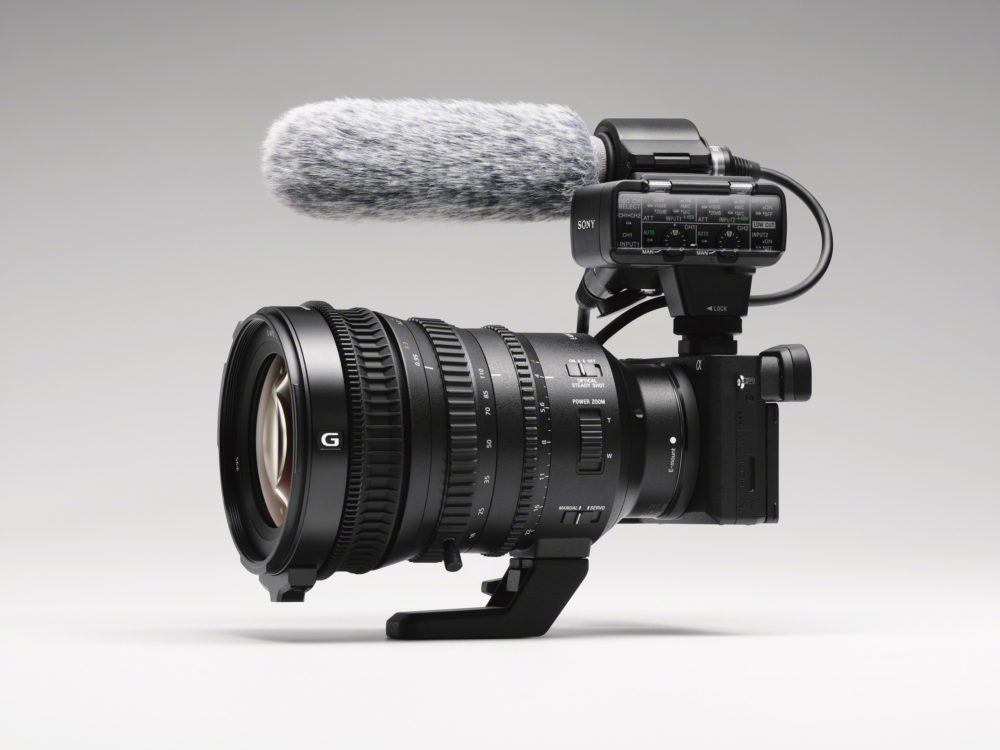
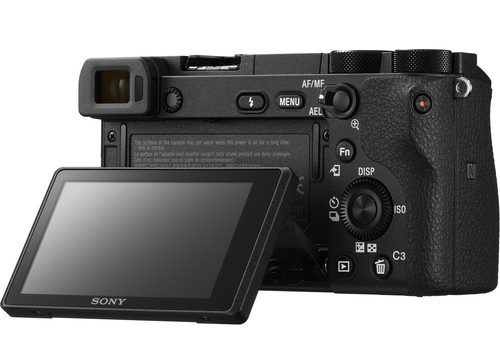
An ideal vlogging setup with the Sony A6500
If you want to maximise the production value you get out of the Sony A6500, then it’s worth thinking about the best accessories to use. It doesn’t have to be a massive outlay of cash – a few well-chosen accessories can make a massive difference in the quality of your videos, not to mention the ease of producing them, and luckily for you, we’ve picked out a ready-made list of the best ones around right now. While this list isn’t exhaustive, it also isn’t compulsory – even just a few of these will really see your vlogging improve.
So here’s what we reckon you should get:
– A good all-encompassing lens. You ideally don’t want to be faffing about changing lenses too often. We’d say something like the Sony 16-70mm f/4 will cover a solid focal range that should give you all the coverage you need for the vast majority of your vlogging.
– A good shotgun microphone. A no-brainer here for improving the sound quality of your videos – there’s a reason we recommend it in all of our vlogging blogs. A RØDE VideoMic will suit your purposes fantastically. For more audio control you can use the Sony XLR-K3M XLR adaptor kit, pictured above, with your choice of XLR microphone from shotgun mics to radio lavalier kits ideal for interviews.
– A fast, large-capacity SD card. You might be able to save some money here, as the A6500 isn’t able to take advantage of UHS-II cards, a UHS-I card will do fine. Something from the SanDisk Extreme Pro range will suit you fine – the higher its capacity, the better.
– A stable tripod, ideally one with a head geared for video. Manfrotto, Vanguard, Camlink and Velbon all make great dedicated video tripods with smooth panning heads.
– Monitoring headphones to check your audio.
– A video light. Although the A6500 is great in low light, this is a good thing to have when you need it. Look at lights from Rotolight for a good self-contained system.

That’s all for the Sony A6500! We’ll see you next time.

